Doctor’s Source of Information in a COVID Era
Today, the environment surrounding the healthcare industry has vastly changed from two years ago due to the pandemic. For example, sales of pharmaceutical companies used to be able to meet doctors by going to hospitals/healthcare institutions, but now, with the restrictions over in-person meetings, they lost connection with doctors. Or even if you had their contact information, doctors could easily ignore or refuse to meet online. On the other hand, it is said that the use of digital contents by doctors are increasing.
When the environment changing drastically, providing useful information has become a major issue. If you are a medical representative (MR) or a salesperson from a medical device manufacturer, you might wonder, "Hmm... Don’t the doctors be aware of the product information without us?” If you are involved in management or business administration, you may be more concerned of optimizing the allocation of resources.
We have run a special survey focusing on how physicians gather information in this unprecedented situation, the progress of digitalization, and the desired role of MRs. The survey conducted on August 12th to August 17th, 2021, targeted physicians (internal medicine, endocrinology/diabetics, respiratory, dermatology, cardiology) in Japan collecting total of 507 responses.
Regular Information Sources
Although probing with a variety of options, we focused on two main sources: MRs and healthcare related websites. We asked the respondents to compare the status before and after the pandemic.
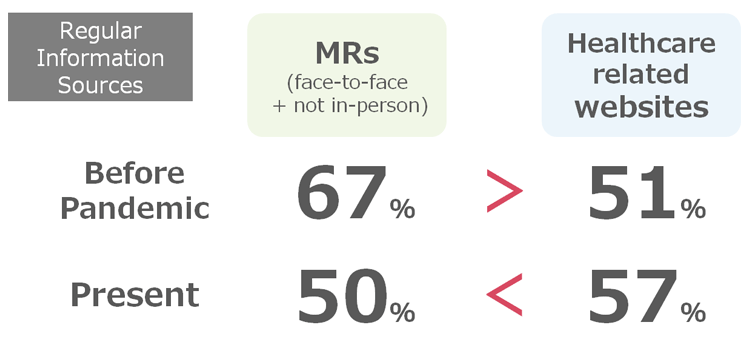
Before the pandemic, MR was much higher. After the pandemic, we saw a reversal shift. The scores of MRs have decreased significantly, while websites have increased.
This result can be explained by the digitalization advancing over the precautions of restricting visits to hospitals and healthcare institutions.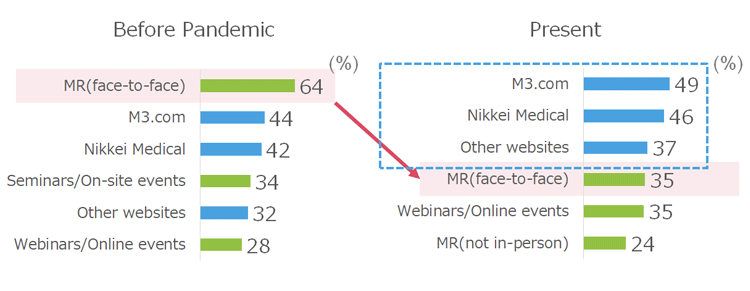
*Green bar: Information sources through people.
*Blue bar: Content-based information sources.
In detail, comparing the sources before-after the pandemic, MR (face-to-face) was one of the most prominent sources before pandemic, but it dropped greatly. On the other hand, websites, including Nikkei Medical, rose to the top list.
Information Sources for New Products
Before the pandemic, MR also scored high for the information sources that led physicians to learn about new products. In the case of regular information sources, MRs dropped significantly and healthcare related websites increased, after pandemic. However, in this case for the source for new products, there were no change in the top rank, MRs were still the most common source of information.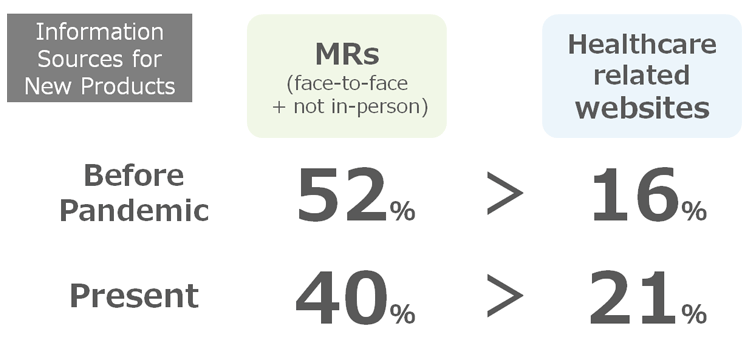
Since more than 20% of physicians use websites as their source, we can say the digitalization of information sources is progressing. Despite of MRs being not able to visit in-person and their opportunities to introduce have lessened, their presence remains large.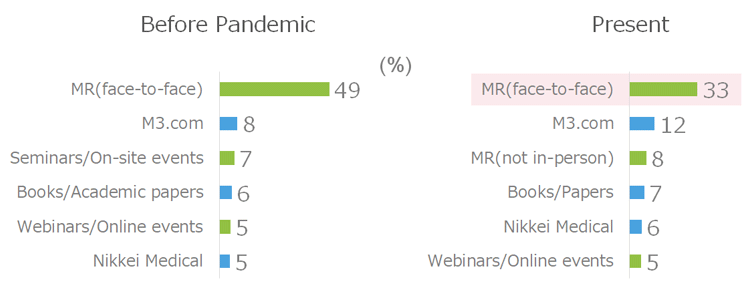
*Green bar: Information sources through people.
*Blue bar: Content-based information sources.
Before the pandemic, MR (face-to-face) outperformed greatly to other sources that led to learning new products. Today, MR (face-to-face) is in a much lower level, but it still leads by far scoring over twice of others.
Decisive Source for Prescribing
Providing information is not enough to generate sales for pharmaceutical companies. The decisive source, which triggered the doctor's decision to prescribe, is very important.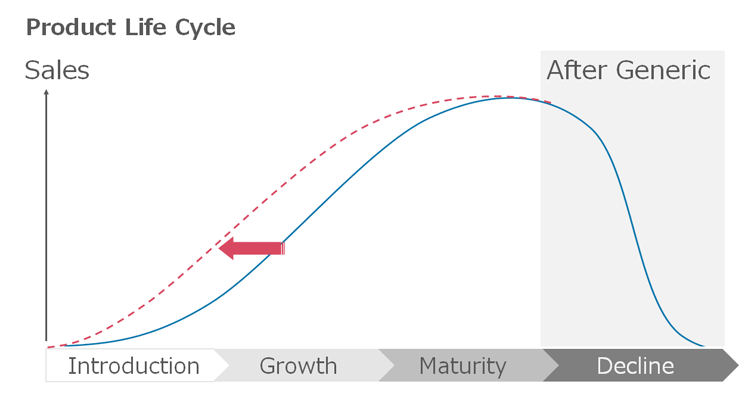
As in the product's life cycle, compared to the past, sales of new drugs will drop quickly when generics are released. In that context, how quickly you can bring the peak to the front, and how quickly you can get people to use your product, will have a big impact on sales.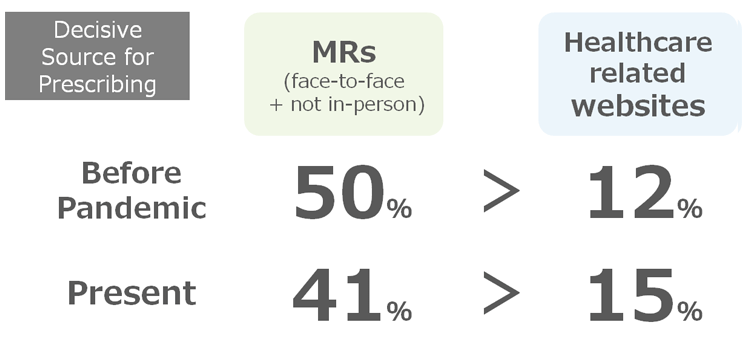
Similar to the regular information sources, the percentage of physicians using websites on a daily basis has increased due to the progress of digitalization, but there seems to be a further long way to go for digital sources to play as a decisive source of information for prescriptions.
Reasons for Favoring Digital Contents
- Easier and less time-consuming
- Promptness of accessing information
- To prevent infection
- Feels easier
Many physicians expressed their opinions about the ease of use. The situation differs depending on the department, but if the number of patient visits is reduced due to COVID-19, the serviced hours will be reduced, and they will have time to view the websites in their intervals. The ease of use and the convenience of accessing to it any time -- such advantages make it a very portable media for doctors for their daily source of information.
Reasons for Favoring MRs
- Better communication and lasting impression
- Easier to understand
- Trust in relationship
- Discuss closely in person
The good points of MRs are "better communication," "lasting impression," "easier to understand," etc. Advantages inducing deep knowledge and keeping long-term memories were frequently mentioned. In addition, emotional aspects such as trustworthiness were also raised other than helping the understanding of the product.
It is important for doctors to have a good understanding of the product in order to make decision upon prescribing it. Under that circumstance, MRs, who can interact directly with the doctors, are considered to be the dedicated decisive source compared to digital media. Of course, it does matter who/what kind of MR it is.
MRs who provide valuable information
We asked physicians the total number of MRs providing information to them and how many of those MRs provide useful information.
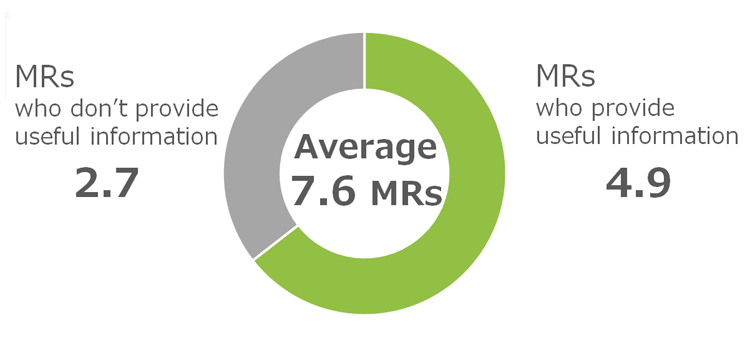
Doctors are provided information from an average of 7.6 MRs. While 4.9 MRs provide useful information, the other 2.7 MRs do not. You might think this as too many, or too few. There should be various opinions looking at this -- it depends on how doctors and MRs get along, it is inevitable because they cannot meet directly with doctors, etc.
Although, as a matter of fact, it indicates that some MRs are losing opportunities during their information provision activities. Moreover, this figure is limited to the number of MRs who were possible to contact doctors and provide information under this current COVID-19 situation, and the number of useful MRs may be estimated much larger than it actually is.
Conclusion
The results of this survey revealed the importance of MRs and the potential of digital content. Regular information sources help make decisions when new information comes in. The coverage of information is important and further growth of digital content is expected. MRs are still a large factor to make aware of new products, but we can look forward to digital content to expand.
On the other hand, for deciding the prescriptions, "human" factor still has a huge weight. “How well can you provide useful information to doctors?”, “How promptly can you respond to doctor’s questions?” -- Education and scrutinizing the key information to deliver would be important for overcoming those issues.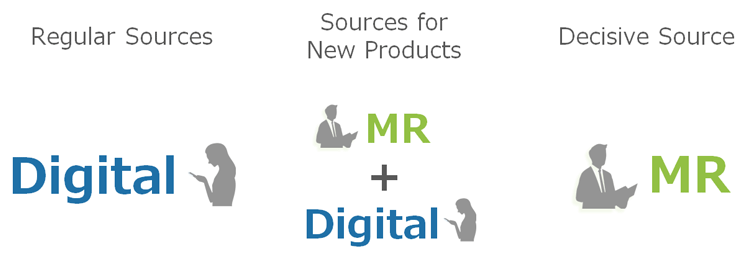
Due to the impact of COVID-19, information provision and sales activities toward hospitals and healthcare institutions are challenging. While it is good for patients, doctors, and manufacturers if good products are introduced quickly. Effective marketing is key to this, and a mix of people and digitalization (DX), also.
We can uncover the current status or verify the effectiveness of certain measures through surveys. Nikkei Research provides research services in the healthcare fields, from a fair and neutral standpoint. We can approach to healthcare professionals for exploring message penetration, satisfaction, product evaluation, etc.
The survey in this article used the panel of Nikkei Medical, a comprehensive online media for healthcare professionals, run by Nikkei BP.
- More than 400,000 healthcare professionals in total
- More than 180,000 physicians
- More than 160,000 pharmacists
- More than one in two doctors and pharmacists in Japan is registered
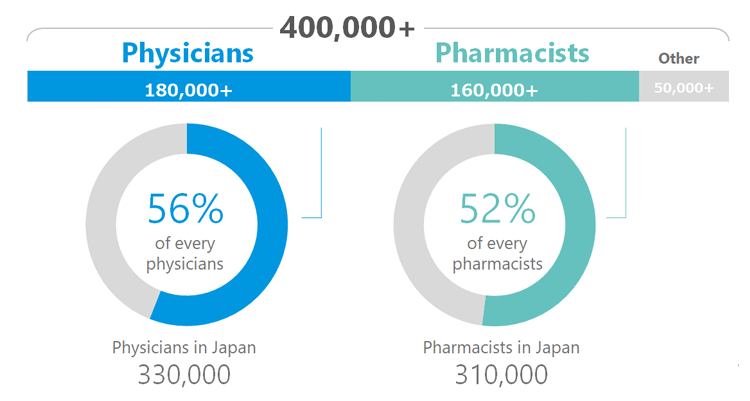
-
Feb/22/2021
-
Apr/12/2021
-
Feb/22/2021
please contact us below.

